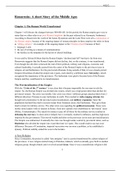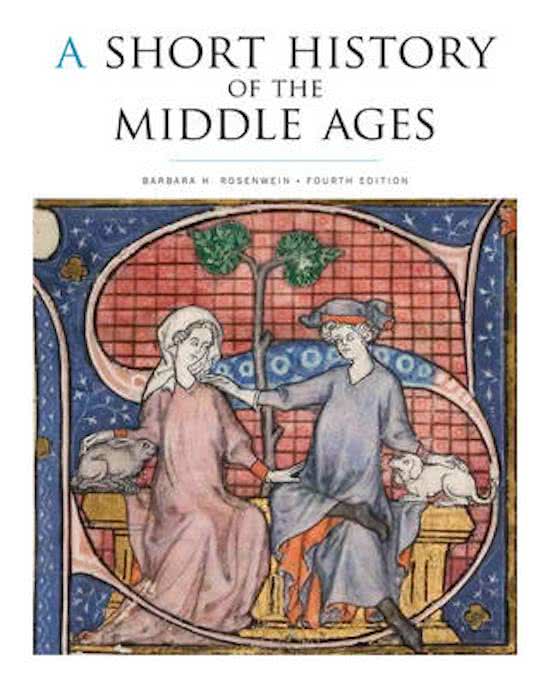Samenvatting
Summary Middle Ages Book and Concepts- English
- Instelling
- Universiteit Utrecht (UU)
This is a summary of the book a short history of the middle ages by Rosenwein. The summary is in English. The document includes summary of the book as well as concepts that are important to know for the exam. The concepts of each chapter are found at the end of the book summary.
[Meer zien]





